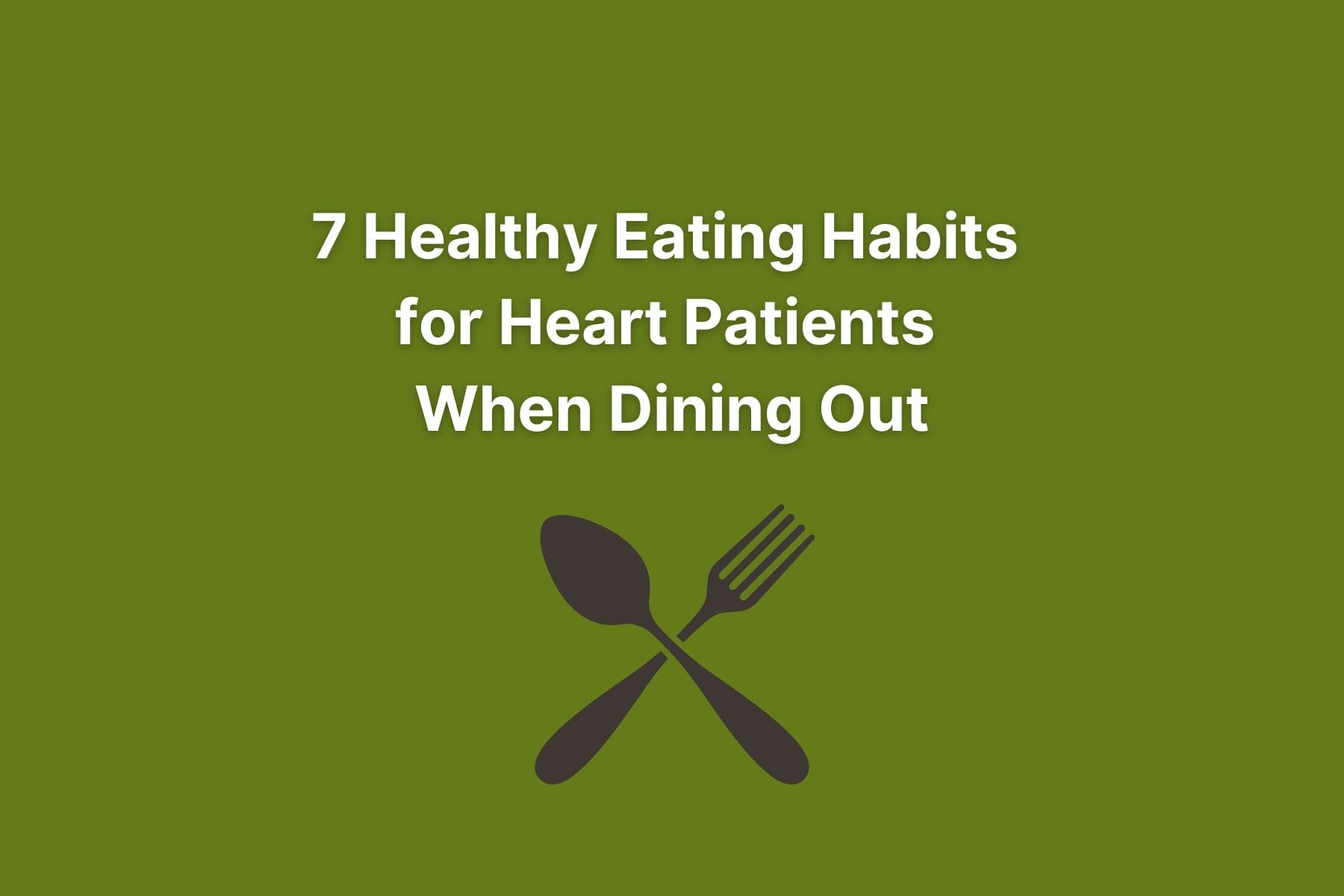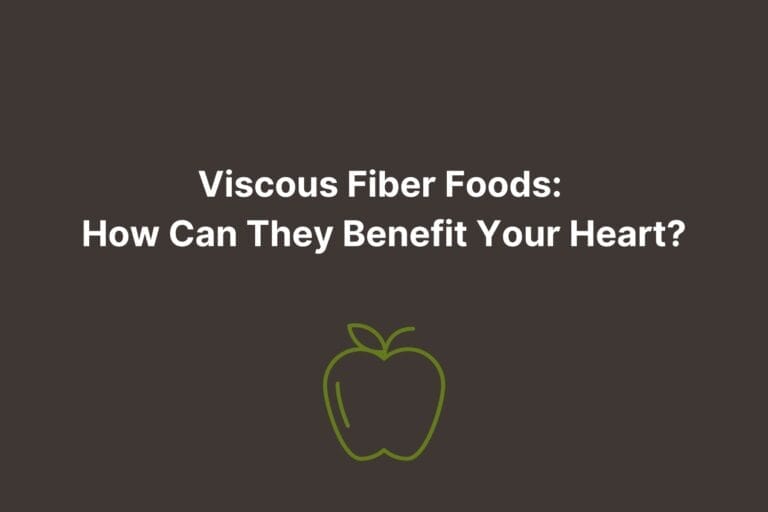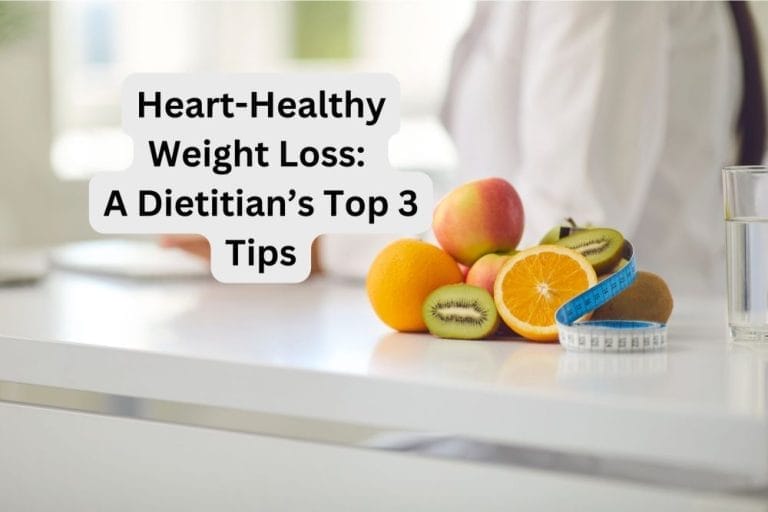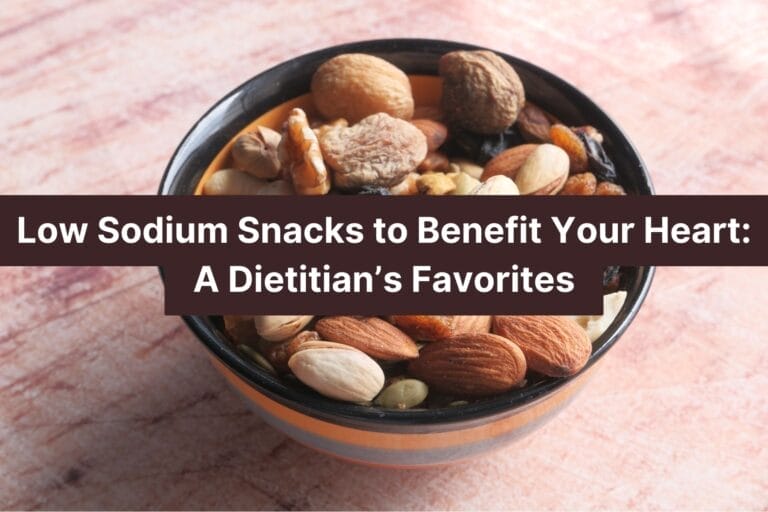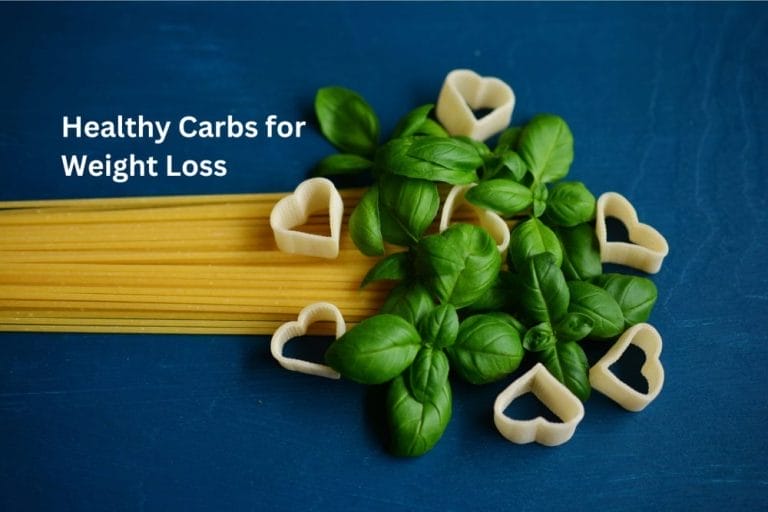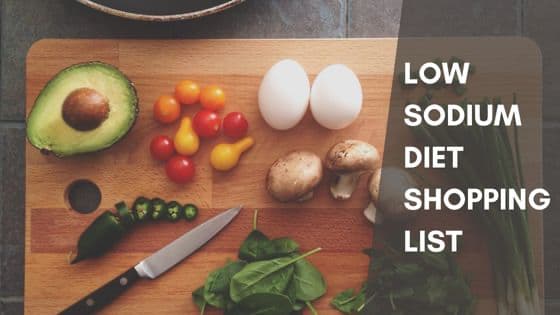7 Healthy Eating Habits for Heart Patients When Dining Out
This post may contain affiliate links, which means I’ll receive a commission if you purchase through my links, at no extra cost to you. Please read my full disclosure for more information.
If you’re new to nutrition and lifestyle information for people with heart disease, you may be feeling overwhelmed when it comes to eating out or getting takeout from a restaurant. Although finding healthy choices while eating out may seem daunting, there are ways to cut back on the overwhelm.
This article will discuss 7 healthy eating habits to help you make good choices when you go out to eat or bring home takeout. And you can even use some of these habits when you’re preparing food at home!
Quick disclaimer—although I am a registered dietitian nutritionist, your reading of this or any articles on this website does not constitute medical nutrition therapy advice nor create a practitioner-client relationship. The information I provide here on this website is for educational and informational purposes only. Please see my full disclaimer for more information.
So let’s get started discussing the habits!
Limit the Sodium
One of the most commonly associated nutrition strategies in relation to heart disease is limiting sodium intake. Avoiding an excess of sodium can help you manage your blood pressure and allow your heart and other blood vessels to work more efficiently.1
(A quick explanation on sodium—sodium is one of the chemical elements that form table salt. When it comes to nutrition discussions, you’ll more often see the term “sodium” used. Although salt is certainly a significant source of our sodium intake, sodium in foods can come from sources other than salt, such as some food additives.)
If you’ve looked at any nutrition information from restaurants or have watched cooks prepare food there, you may have noticed quite a lot of sodium in restaurant foods. That’s no accident—sodium is a very important part of flavor and stimulating our tastebuds, making foods with it rather hard to resist.2
While not using the salt shaker is a very good first step toward cutting back on your sodium intake, there’s still more to the story. Since many restaurant foods are already high in sodium without counting any extra salt from the salt shaker on the table, what can you do about that?
Ask Your Server for Help
If you’re in a sit-down restaurant, there will probably be someone who is waiting on you. Generally, servers are pretty knowledgeable about how menu items are prepared. Don’t be afraid to let that person know that you are trying to eat more carefully and that you need their input to help you do so.
Your server should be able to point you to some items on the menu that are lower in sodium. You can also ask if your food could be prepared without extra salt. Many times salt is added as more of a flavor enhancer and is not always absolutely needed to improve a food’s texture.2 Your server could ask the kitchen to avoid adding extra salt to your meal.
Look for More Simply Prepared Items
If you want more of a do-it-yourself approach, one of my top tips is to look for foods on the menu that are not too elaborate. Oftentimes the more simply prepared items will be lower in sodium because they don’t contain sauces or gravies or other “extras” that may include more salt.
Examples of more simply prepared foods could be:
- Grilled chicken, beef, pork, or fish without sauces/gravies
- Steamed, grilled, boiled, or roasted vegetables
- Baked potato
- Plain pasta or rice
- Sandwiches without extra condiments like pickles, ketchup, mayo, or aioli
If the menu is more limited, consider asking for items without the sauces, or maybe get them on the side. Quick tip—this would also be a good strategy to use with salad dressing. That way you can use less dressing than would probably be on the salad if you ordered it as-is.
Check the Numbers
One last point on sodium—if you have access to the nutrition facts for a meal or side dish you’re planning to order, check the sodium number carefully. While everyone’s needs are different, most people with heart disease will probably not benefit from eating an item that contains a whole day’s worth of sodium (~2300 milligrams).
You may want to aim for no more than 1000 milligrams (mg) for your entire meal so that you can fit sodium from other meals into your day. For example, if you find an entree that is 600 mg and an appetizer that is 200 mg, that combination may work for you, since it would equal 800 mg. Be sure to check with your dietitian as to how much sodium is right for you.
So now that we’ve covered the big topic of sodium, let’s move on to sugar, another important item to watch when eating out.
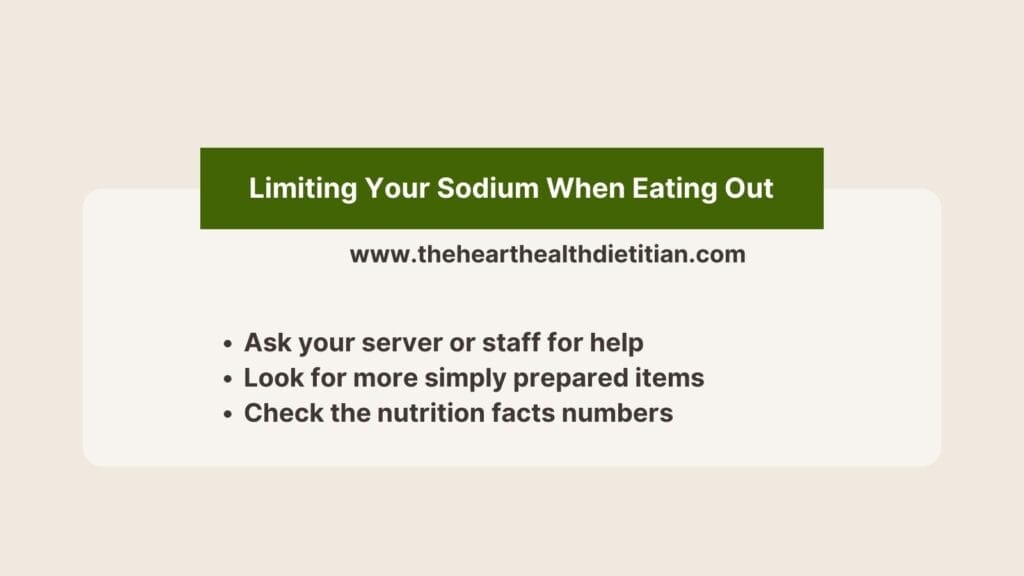
Avoid Extra Sugar
As with sodium, cutting back on extra sugar will help our bodies function at their best.3 Sugar can be added into many foods, just like sodium is. It will take some effort to choose foods lower in added sugars when you’re dining out.
Do check with your server about how much sugar is going into your meal items. And again, choose more simply prepared foods without extra sauces, glazes, dressings, etc.
If you want to have dessert (since not depriving yourself may actually make it easier to manage what you eat in the long run), you can try several strategies. Feel free to use the one(s) that work(s) best for you.
First, you could order a very simple dessert, like a scoop of ice cream or a fruit-based dessert. Second, you could order your favorite item, but eat part of it and take the rest home for another day. Or third, you could split the dessert with others who might be dining out with you—that way, everyone can eat less but still enjoy the dessert.
By implementing some of these strategies, you’ll be able to cut back on how much added sugar you’re consuming when eating out.
So now that we’ve covered sodium and added sugars, what else will be helpful to a heart patient when dining out?
Limit Fried Foods
Next on the list of helpful habits is limiting fried foods. Fried foods tend to have more calories, fat, and sodium, so it would be wise to generally avoid them when you’re eating out. Many times both fried and grilled options are on the menu. By choosing grilled, you can still get the type of item you’re looking for, but more plainly prepared.
You’ll save calories and avoid not as healthy fats, which will do your heart a favor!
Choose Foods Lower in Saturated Fat
Going along with the topic of fried foods is that of saturated fat. While limiting fried foods when eating out can be helpful to your health, aiming for foods with less saturated fat can help as well. You may know the basics already—aim for leaner meats, take the skin off poultry before eating, and cut off any extra fat when your meat comes to the table.
But sometimes you may also eat breakfast out. In that case, a healthy breakfast with limited saturated fat would be one where you’re avoiding sausage or bacon. You’re instead sticking to more plainly prepared eggs (if you like them) and using minimal butter (like a teaspoon instead of a tablespoon).
You could enjoy hot cereal (like oatmeal) or whole grain toast with your eggs. Or you might choose fruit and yogurt (be careful of added sugars).
You may also choose lower fat dairy to help moderate calories and overall saturated fat content. While dairy fat may have a more neutral effect on heart disease,4 it doesn’t hurt to be a bit more conservative with your dairy choices.
If you want to go a step further, you could try healthy fats as a substitute for the saturated fat. For example, some people enjoy avocado toast—this is a way to substitute the healthy fat (avocado) for the not as great saturated fat (butter).
For the record, I’m not here to say that you must ban butter completely. I would encourage you to use it sparingly; and if you are able to substitute a more nutritious fat, then rather do that.
Include Fruits and Vegetables
Another heart-friendly tip for eating healthy when dining out is to include fruits and vegetables in your meal. Fruits and vegetables are great sources of fiber and water. Eating foods with more fiber and water can help you feel fuller sooner, which may help you avoid overeating at your meal.
Depending upon where you’re eating, there may be multiple opportunities to sneak in vegetables as a side dish or fruit as a dessert. If you enjoy omelets for breakfast, you could add one or more kinds of vegetables to the omelet.
Feel free to ask your server if you can substitute a fruit or vegetable for something else in your meal. Sometimes this is an option that isn’t well publicized.
A quick caution, however—you may want to skip juices. Although juices can provide some important nutrients, the amount that you’re served may be more than an appropriate serving size. Also, if you’re drinking vegetable juice, the low sodium option may not be available. In these cases, calories and/or sodium could add up quickly.
Plan Before Going
Yet another consideration for eating out as a heart patient is one that you may have heard plenty of times—plan ahead. In reality, planning ahead can make dining out far less stressful. When you plan ahead, you may feel better able to enjoy your food since you already figured out the best food options for you.
Nowadays, a majority of restaurants have menus and nutrition information available online. For those that don’t, you may be able to find at least some idea of what a restaurant offers from review sites on your web browser. You could also ask a family member or friend who has visited the restaurant before if you’re not sure what it offers.
If you’re planning to buy from a chain restaurant, you’ll likely find its menu online. I would encourage you to check the nutrition information and pick a few options that would work best for you. It doesn’t hurt to have a few backup ideas in case your first choice isn’t available.
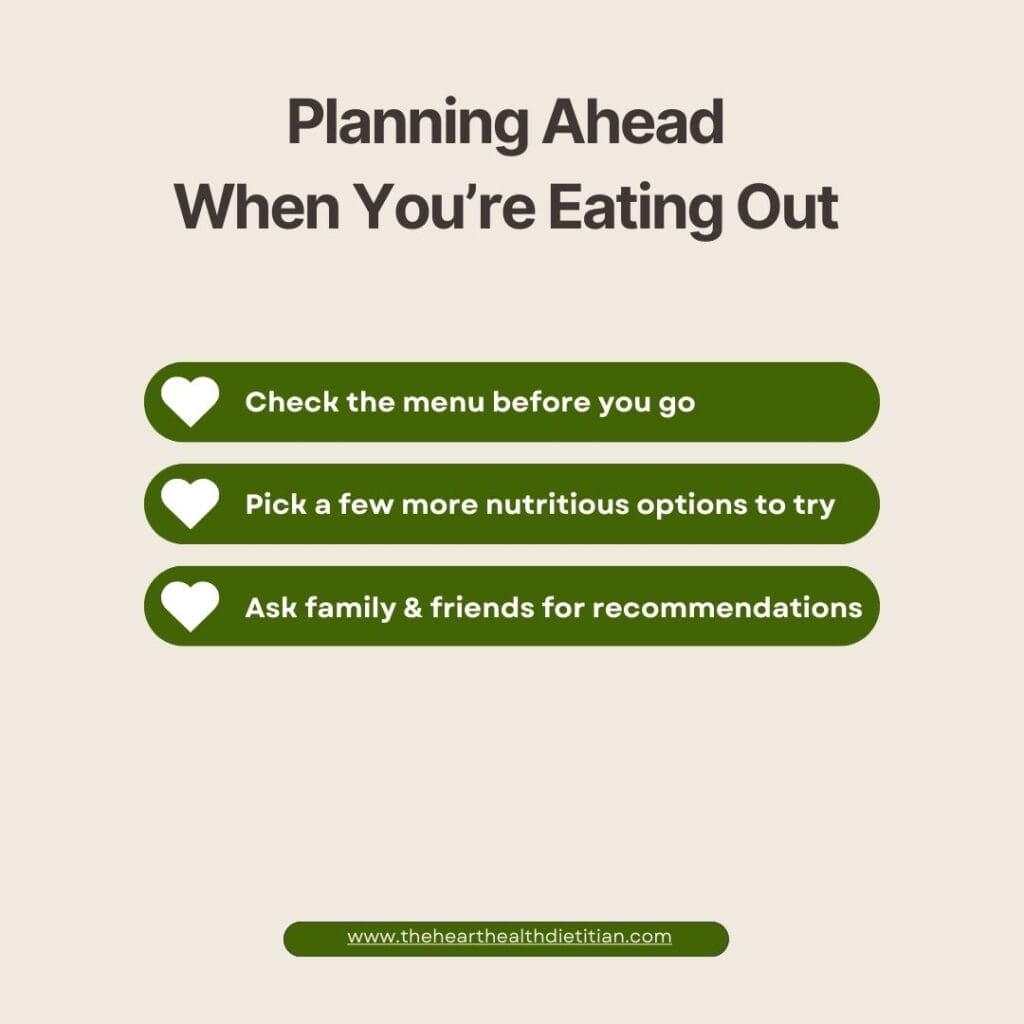
Be Mindful with Portions
The last of seven habits that can help you feel more confident when dining out is being mindful of your portions. As you likely know, these days restaurant food portions are often a lot larger than recommended portion sizes. The “portion distortion” may make it more difficult to eat the right amount of certain foods.
While there are some situations where it would be perfectly fine to eat an entire sandwich (such as a small plain hamburger or a small grilled chicken sandwich), at other times you may end up with a meal that is far too large for you to finish. If that is the case, I would encourage you to take part of that meal home. Setting aside a portion to take home may make it easier for you to eat an amount that doesn’t make you uncomfortably full.
And remember, try to eat slowly and really enjoy your food. Those practices can also help you avoid mindless eating during your meal.
Conclusion
As we come to the end of our list, I hope you have seen that eating out as a heart patient doesn’t have to be as intimidating as it sometimes seems. I would encourage you to pick at least one strategy on the list and try it the next time you eat out. With practice and trying one or more of these habits, you will hopefully feel more confident and comfortable when dining out.
Thanks for reading! If you enjoyed this, I’d love it if you subscribed to the newsletter for more heart health nutrition tips and blog post updates!
Sources
- Grillo A, Salvi L, Coruzzi P, et al. Sodium intake and hypertension. Nutrients. 2019;11(9):1970. doi: 10.3390/nu11091970
- Institute of Medicine (US) Committee on Strategies to Reduce Sodium Intake. Taste and flavor roles of sodium in foods: a unique challenge to reducing sodium intake. In: Henney JE, Taylor CL, Boon CS. Strategies to Reduce Sodium Intake in the United States. National Academies Press (US); 2010:3. Accessed January 19, 2024. Taste and Flavor Roles of Sodium in Foods: A Unique Challenge to Reducing Sodium Intake – Strategies to Reduce Sodium Intake in the United States – NCBI Bookshelf (nih.gov).
- Vreman RA, Goodell AJ, Rodriguez LA, et al. Health and economic benefits of reducing sugar intake in the USA, including effects via non-alcoholic fatty liver disease: a microsimulation model. BMJ Open. 2017;7(8). doi: 10.1136/bmjopen-2016-013543.
- Corliss J. What’s the Deal with Dairy and Heart Health? Harvard Health Publishing, Harvard Medical School. Published May 1, 2022. Accessed January 19, 2024. https://www.health.harvard.edu/heart-health/whats-the-deal-with-dairy-and-heart-health#:~:text=Both%20low-%20and%20high-fat%20dairy%20were%20tied%20to,nor%20lower%20a%20person%E2%80%99s%20odds%20of%20cardiovascular%20problems.
About the Author

